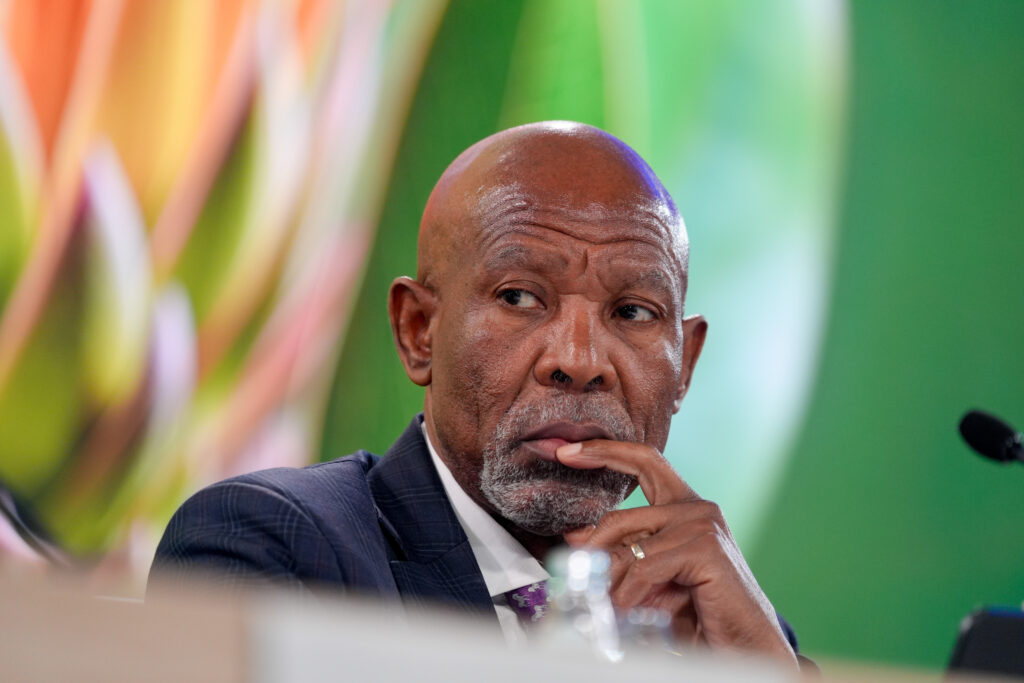South African Reserve Bank (Sarb) Governor Lesetja Kganyago has urged credit rating companies to recognise the nation’s improved financial position, and indicated that officials may use the rand’s strength to boost reserves if the chance arises.
South Africa operates a free-floating exchange rate and does not target the currency, but the central bank would consider taking advantage of ‘cheap’ dollars or euros to augment reserves.
“If the opportunity avails itself that we can continue to increase our reserves, we would do that,” Kganyago told investors at the SA Tomorrow conference in Johannesburg on Tuesday.
“Suffice to say that the level of reserves that we have now, considering a number of metrics, is actually adequate.”
Investors have warmed to South African assets in recent months – helped in part by Kganyago’s announcement in July that the Sarb would aim for the bottom of its 3%-6% inflation target – driving government bond yields lower and lifting the rand by 8% against the dollar this year.
The improvement in sentiment is despite Africa’s most industrialised economy losing its investment-grade sovereign credit rating several years ago – something Kganyago said should be reviewed in light of the progress it has made in controlling public debt and undertaking pro-growth economic reforms.
“When we eventually got downgraded by the last agency from investment grade in 2020, their forecast was that debt to GDP will reach 94% by 2025; we are nowhere close to that, we are way less than that,” he added.
South Africa achieved its first back-to-back primary budget surplus – where revenue exceeds non-interest expenditure – in 16 years in the year through March 2025. Its debt ratio to gross domestic product is also expected to peak at 77.4% in the current fiscal year, according to the National Treasury.
Fitch Ratings – which has a BB- rating on South Africa and a stable outlook – said this week it sees the government beating its fiscal deficit target. Treasury anticipates a main budget deficit of 4.6% of GDP for the year through March 2026, higher than the 4.4% forecast by Fitch.
Budget data for the first five months of the year show a modest spending trend and higher revenue collections, delivering a boost to the public purse.
Thomas Garreau, Fitch’s director for Middle East and Africa sovereign ratings, told a separate webinar Tuesday this was being driven by efficiency gains at the South African Revenue Service, stronger tax collection from the mining sector, as well as “containment measures on primary expenditure, especially on the wage bill and transfers to state-owned enterprises”.
The improvement in South Africa’s public finances coincides with structural reforms aimed at reviving an economy that has grown by less than 1% a year on average for more than a decade.
South African Finance Minister Enoch Godongwana will present the National Treasury’s revised economic forecasts when he delivers a budget update on 12 November.
BLOOMBERG

